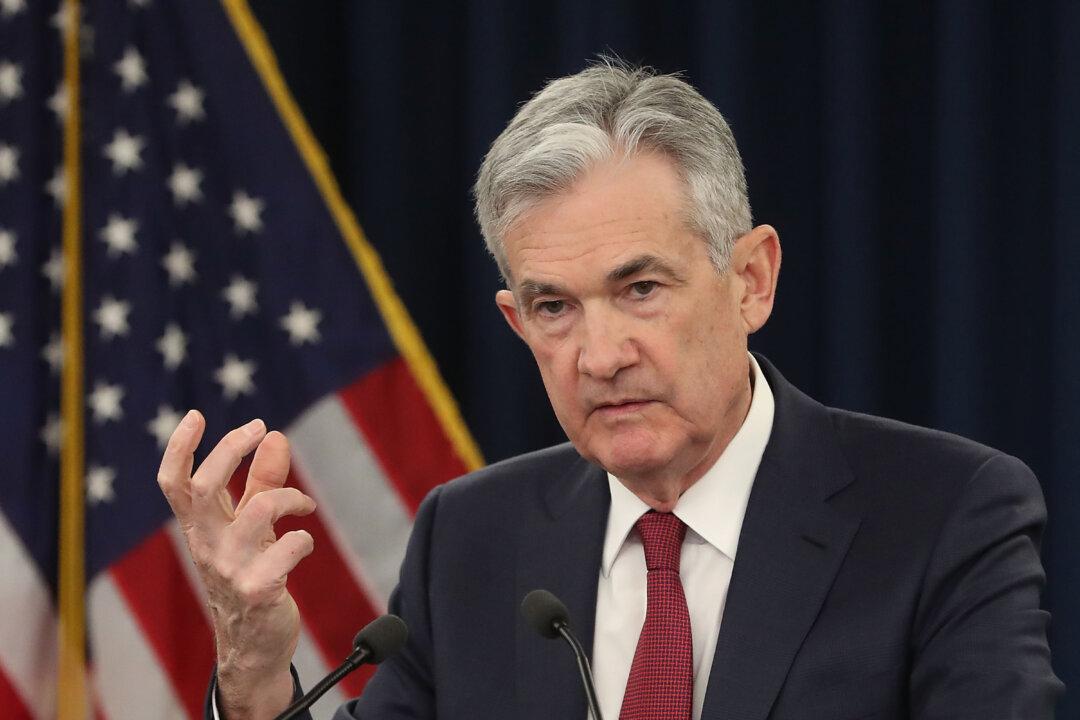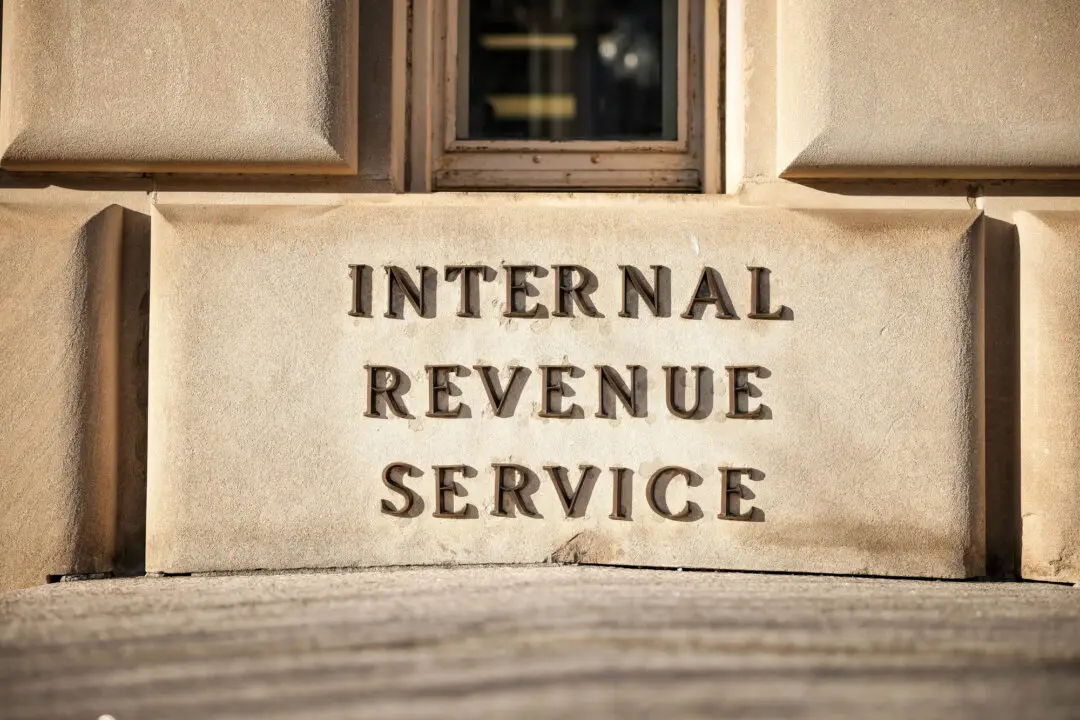The Federal Reserve has released the minutes of its Oct. 29-30 meeting, shedding light on the central bank’s decision to cut interest rates and signal a policy of wait-and-see.
“Most” of the Fed’s rate-setting officials saw the October cut in the federal funds rate as enough “to support the outlook of moderate growth, a strong labor market, and inflation near the Committee’s symmetric 2 percent objective,” according to the Federal Open Market Committee (FOMC) meeting minutes, released Wednesday.





